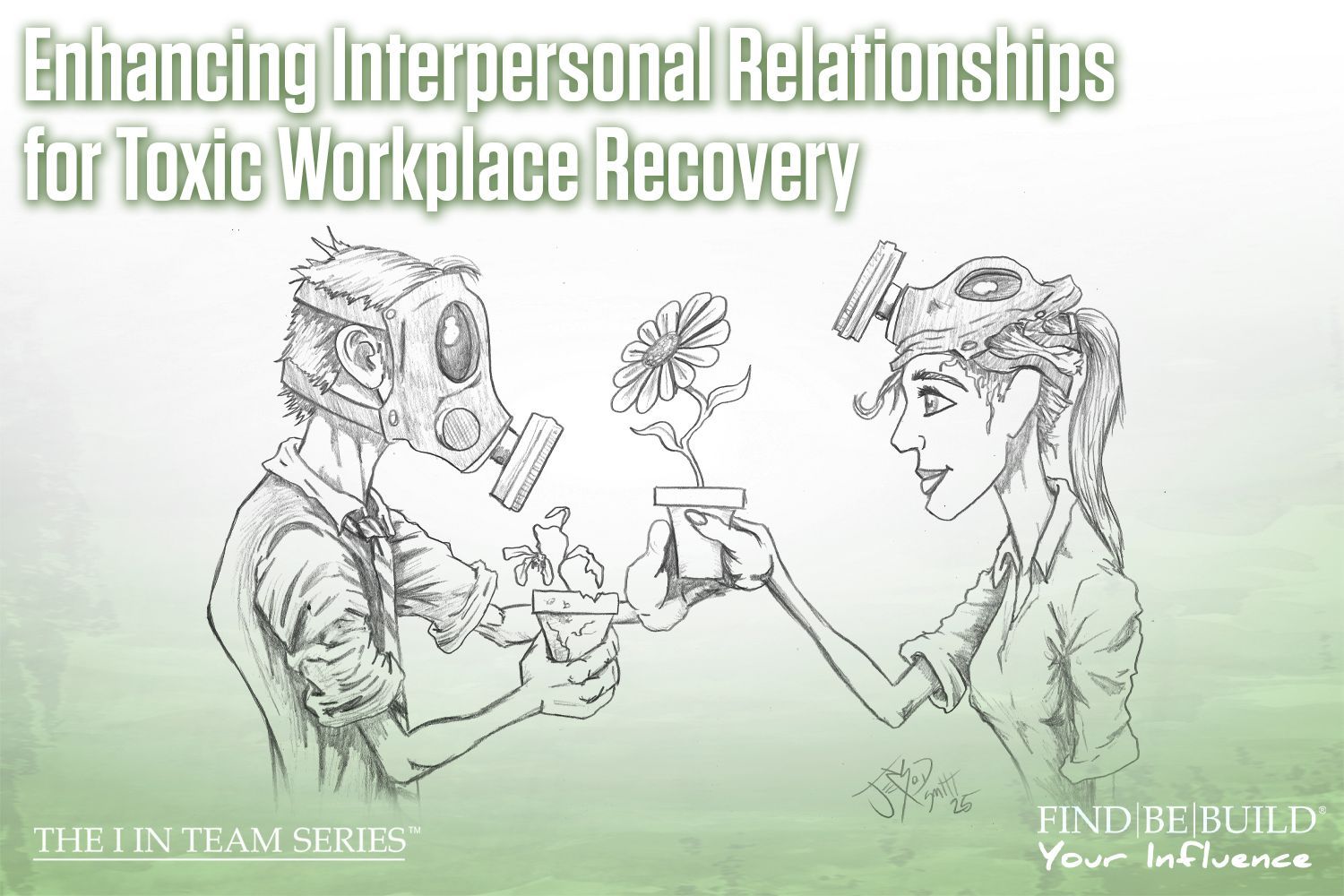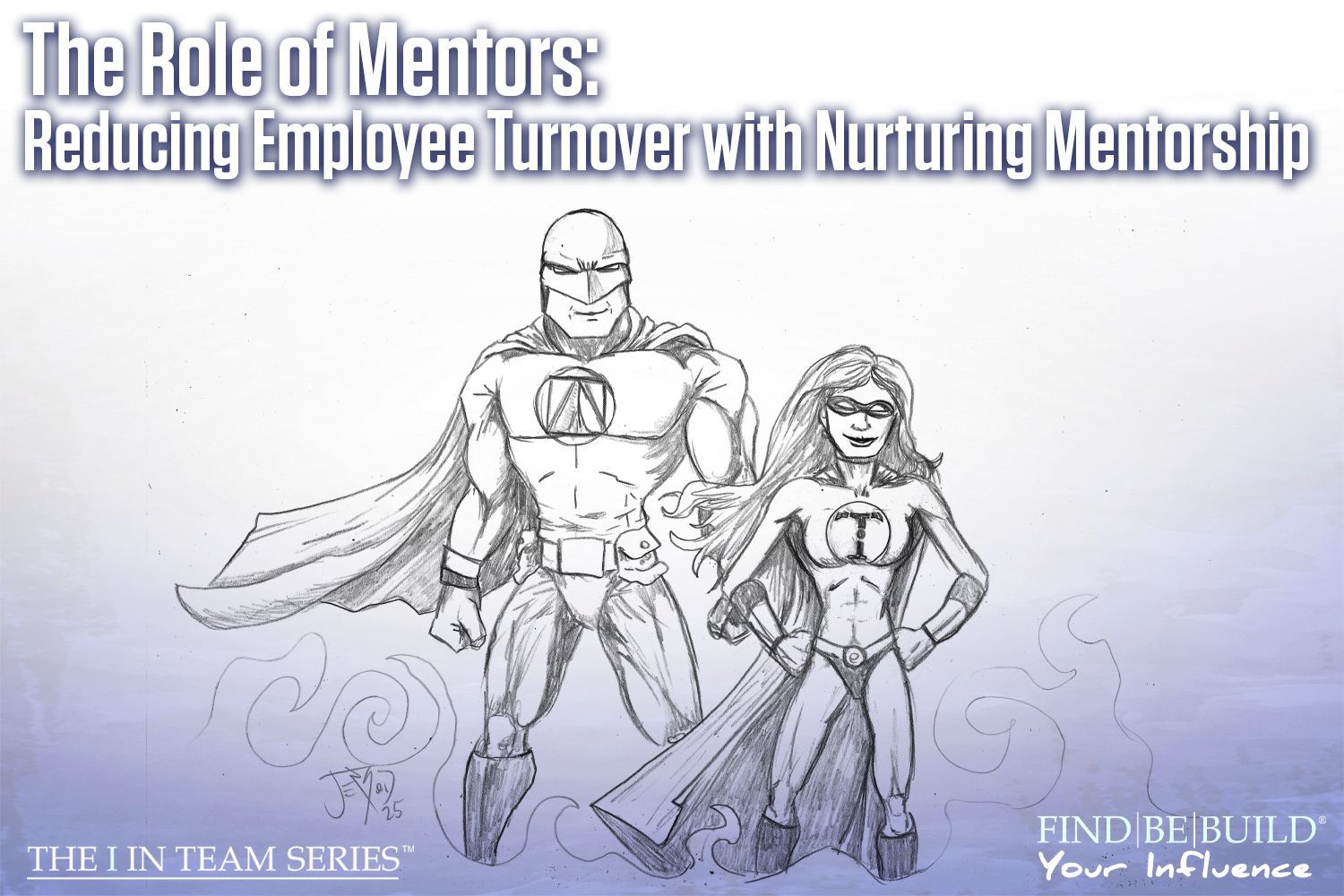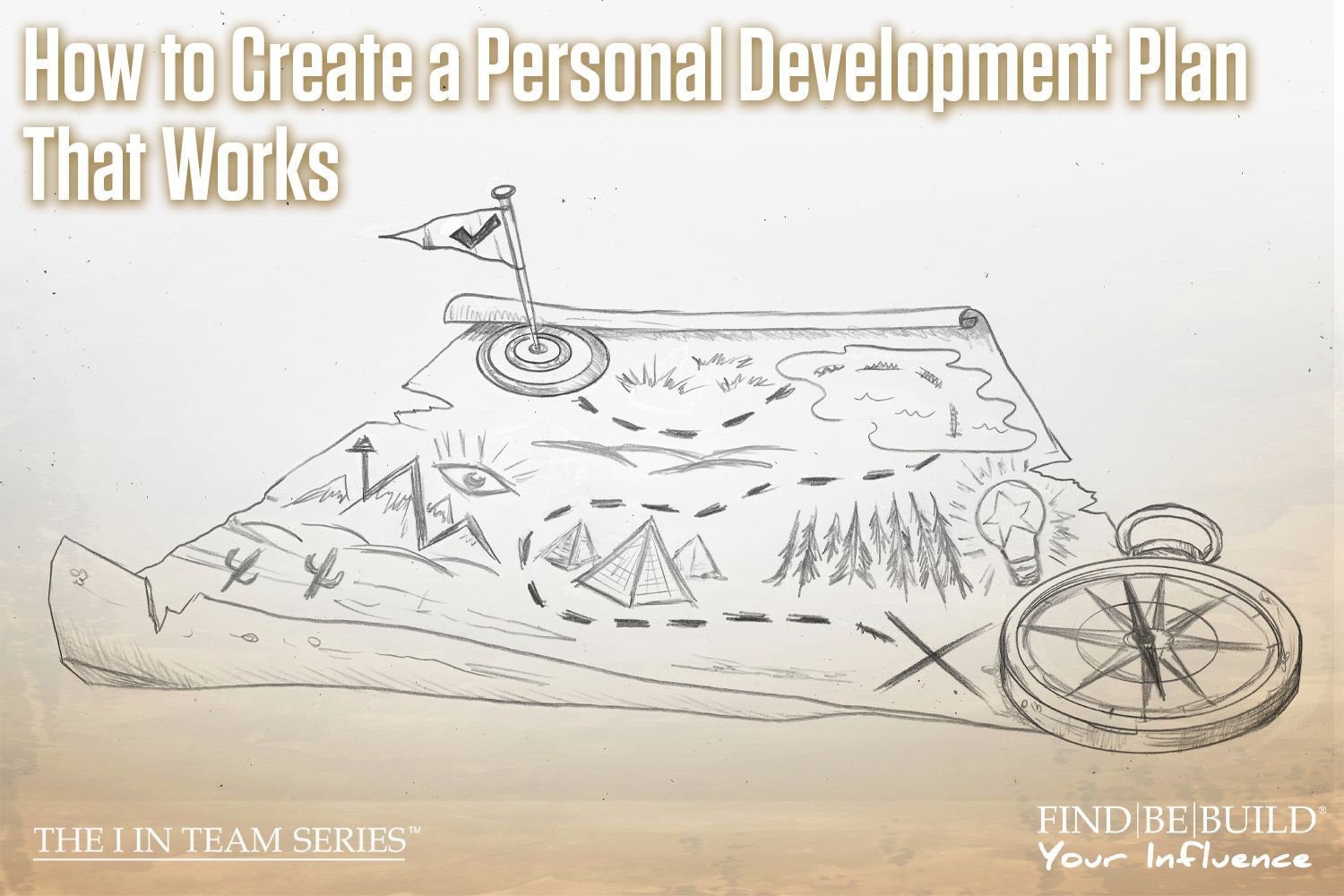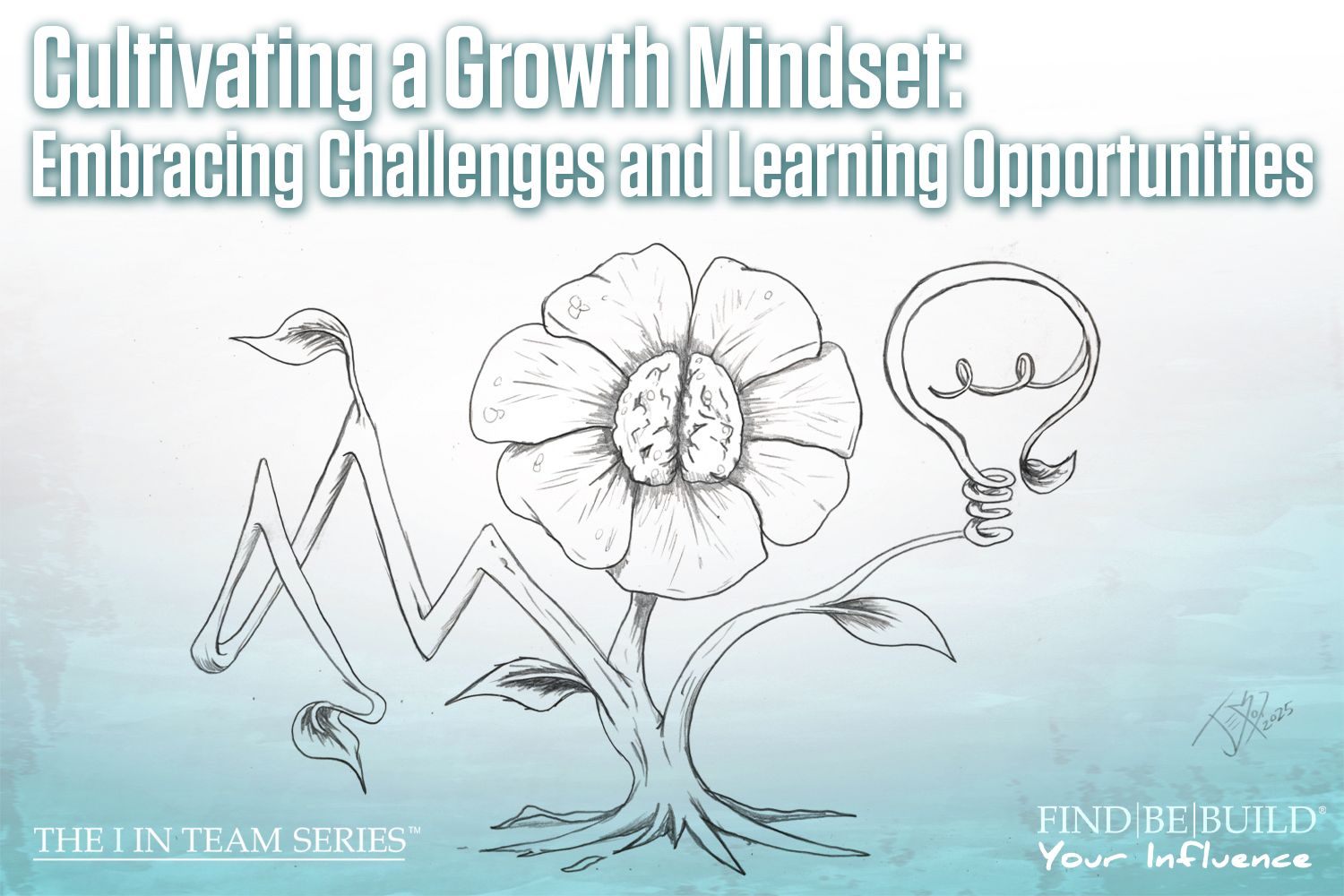8 Tips for Traveling for Business

Business travel tips
As businesses continue to modernize, the modern business person may spend more time traveling around the globe. IA Business Advisors has extensive experience traveling for business for over twenty-five years, and we hope some of our tips for traveling will help any business person travel more efficiently.
As many of you may know already, traveling for business and traveling for fun can vary slightly in some ways. While these tips could help anyone traveling, we have tried to tailor the list to the most efficient and precise tips for traveling well for business. Our senior managing partner, Brian, travels at least once a month, sometimes traveling up to as much as once a week. If you want to travel efficiently for business, remember these 8 tips.
Pack Smart
When you pack smart, you pack for an efficient trip. One of the keys to packing smart is to only pack the items you will truly need. There’s no need for that extra set of clothes “just in case,” or those second extra pair of shoes. Map out the days you are going to spend on your trip, look over what those days will entail, and pack accordingly. However, if you are going on a strict business trip, don’t forget to pack at least one leisure wear outfit. You will be grateful to have something comfortable to wear after working all day.
When you plan out your days and pack for efficiency, you will have less stuff to pack. This means you can use a smaller bag, which would allow you to bring it on the plane instead of checking it in, and this saves you time as you exit the plane and skip waiting at the carousel for your bags. However, there are two things we need to note here:
1) Not everyone likes traveling with a carry-on bag. If you prefer checking your bag, you should continue to check your bag, but don’t use checking your bag as an excuse to bring a large suitcase and not pack efficiently.
2) If you do decide to carry-on your bag, you will need to ensure that your electronics are accessible. If you have traveled before, you know the procedure of taking out all electronics and placing them in their own container. To make travel easier for you, you will want to keep your electronics in an easy to reach place. Also, you will need to pack toiletries that are three ounces or less and contain them in a zip-lock bag, for easy removal. View TSA’s rules on liquids here.
Additional tips for packing smart:
· Roll your clothing up rather than folding them. We have read conflicting evidence of both the roll method and the folding method; however, Brian always rolls his clothing as he was taught to do so in the Army. He swears it creates more room in your bag and keeps your items from getting wrinkled. You could say we prefer the roll-up method.
· If you don’t want to pack one full outfit for every day, then you should color coordinate all your clothes so you can mix and match.
· If you decide to pack an extra pair of shoes, put your socks inside the shoes to save on space.
· Pack travel sized toiletries and items when possible.
· Keep your business travel suitcase separate from your fun travel suitcase so you can keep items, like chargers and paperwork, inside that suitcase without having to remove them between trips. You can also keep your toiletries in there as well. When you can keep things inside your suitcase, you have to worry less about what to pack when the time comes.
Prepare Before Boarding
Whether you’re flying United, Southwest, American, or another airline, you will want to be prepared prior to boarding your flight. The best way to prepare for boarding is to have your ticket ready for the attendant and having your book, snacks, gum, and whatever else you want with you at your seat. You don’t want to be that person who is holding the line up while you rummage through your bag for your items.
If you need to use the restroom or fill up your water bottle prior to boarding, we recommend giving yourself five to ten minutes to do this. Not only does this give you a good moment to stretch out your legs before your flight, but you will also be more prepared for your flight. Be mindful of your boarding number. If you board first or last, that will determine how much time you have prior to boarding as boarding can take up to thirty minutes.
Plan for Delays
Traveling means that delays will happen. Whether that means your actual flight is delayed or cancelled, you can’t expect every trip to go smoothly. If you end up with a flight that is delayed or cancelled and need to switch flights, call customer service rather than jumping in line at the airport. There will undoubtedly be other passengers who jump in line; by calling customer service to help you switch your flight you can get ahead of the other passengers and secure your spot on a flight.
Bonus Tips:
· Sign up for frequent flyer rewards: If you travel frequently for work, you will want to sign up for the airlines’ frequent flyer rewards.
· Exercise: Make sure to keep your blood moving, even when waiting for a flight
· ID, Passport, Ticket: Make sure you have everything you need prior to getting to the airport. Nowadays you can download your plane ticket to your phone and skip the front lines altogether (unless you’re checking a bag).
· Download all your work, music, books, etc. before boarding your flight











